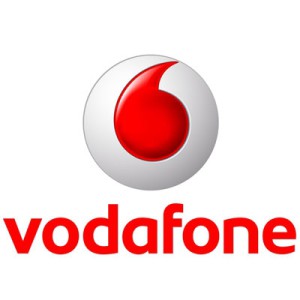Analysis, 2016
Analysis of the mobile market in a specific country: Development of market shares, subscription tiers, churn, offerings, pricing, data usage, revenue, ARPU, margin, network coverage and CAPEX for all operators.
Special focus on the development of mobile data monetisation and mobile TV/video over time.
Comparisons done to other countries.
Commissioned by a global solutions provider.




